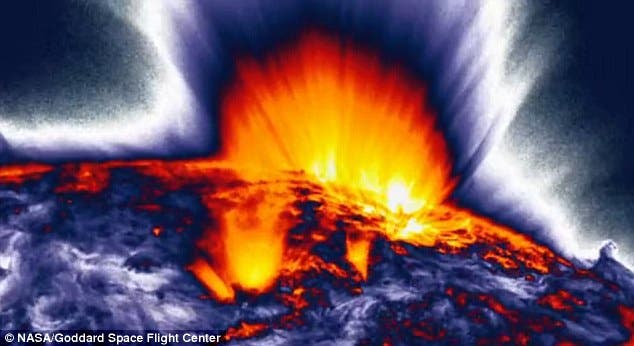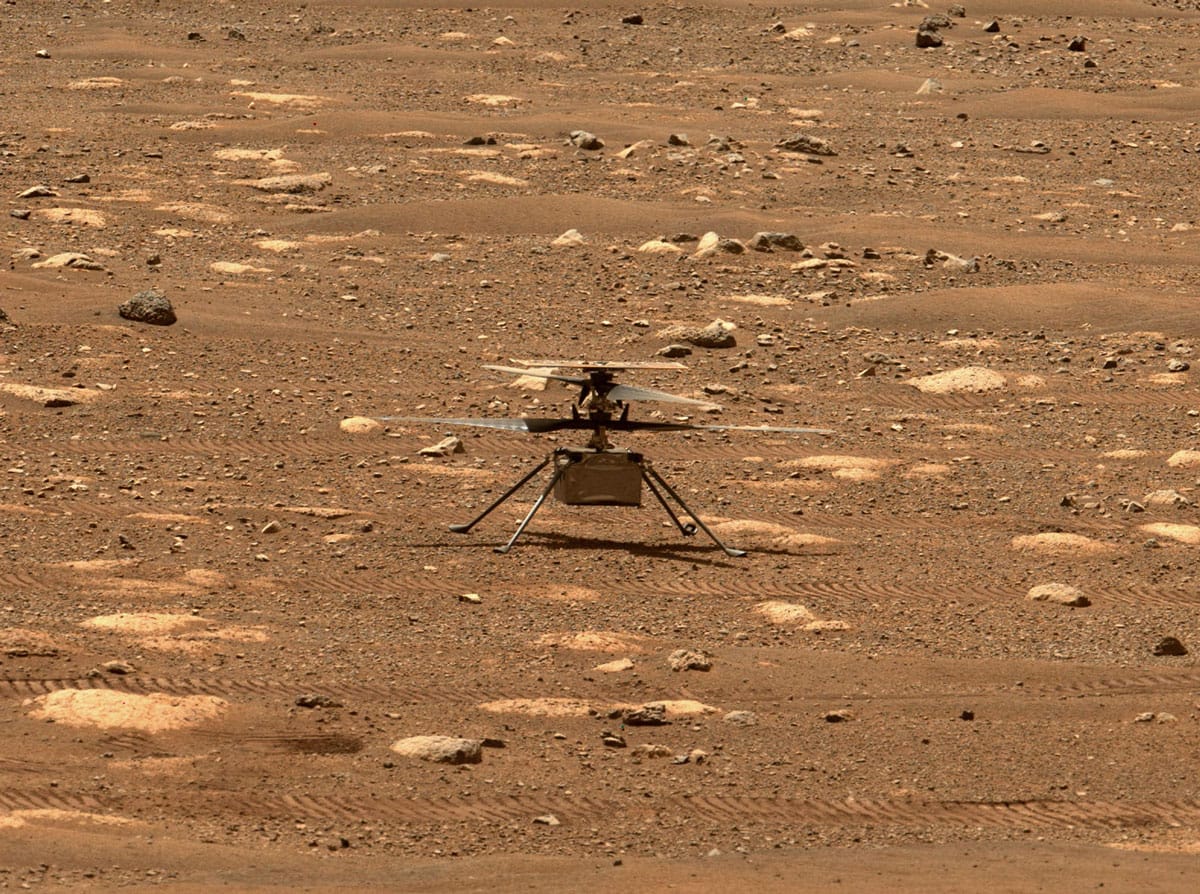In a stunning display of cosmic activity, a jaw-dropping plasma twist measuring an astonishing one million miles long has recently erupted from the Sun’s surface, and this remarkable event has been captured on camera by leading space observatories. Such solar phenomena, scientifically known as coronal mass ejections (CMEs), serve as vital markers of activity within our solar system and provide researchers with unparalleled opportunities to study the complexities of the Sun’s behavior.
The event, which occurred in the past few days, attracted significant attention due to its sheer scale and the impressive imagery released by both the Solar Dynamics Observatory (SDO) and the Solar and Heliospheric Observatory (SOHO). These observatories, equipped with advanced imaging technology, allow scientists to observe the Sun in different wavelengths, capturing vivid details of solar flares and plasma eruptions that are not only beautiful but also crucial for understanding the Sun’s influence on the solar system.
During this recent eruption, a twisting column of plasma spiraled away from the Sun, showcasing the dynamic processes that occur in the solar corona—the outermost layer of the Sun’s atmosphere. This specific event provided a visual spectacle, as the plasma appeared to whirls and snake through space, showcasing the complexities of magnetic fields interacting with solar material.
The significance of this particular plasma twist lies not only in its scale and beauty but also in its implications for life on Earth. When CMEs occur, they release charged particles into space, which can interact with the Earth’s magnetic field. This interaction may lead to various phenomena, including beautiful auroras near polar regions and potential disruptions to communication technologies such as satellites and GPS systems. Scientists are particularly interested in monitoring these events as they can provide essential insights into space weather forecasting.
The magnetic forces driving the eruption are linked to the Sun’s activity cycle, which spans approximately 11 years. During the peak, or solar maximum, the Sun exhibits increased sunspots, solar flares, and CMEs. As we move toward the next solar maximum, expected in 2024, increased solar activity is anticipated. Observing phenomena like this recent plasma twist will help scientists understand how solar energy interacts with the solar system.
As images from the SDO and SOHO continue to emerge, researchers are analyzing the data to better comprehend the underlying mechanisms of such eruptions. These investigations not only delve into the physical properties of the plasma but also explore the substantial impact these phenomena have on space weather and Earth’s technological infrastructure. Advanced numerical models and simulations play a vital role in this research, helping scientists predict and mitigate the effects of solar outbursts on modern society.
The public’s fascination with solar phenomena like the recent plasma twist underscores the importance of space exploration and solar studies. As technology progresses, the ability to capture such events in real-time expands our understanding of not just our Sun but also the broader mechanisms that govern the universe. These spectacular observations encourage interest in astronomy and space sciences among the younger generation, fostering future scientists and engineers.
In conjunction with the ongoing monitoring efforts, educational outreach programs conducted by various space agencies aim to bridge the knowledge gap surrounding solar phenomena. Public awareness and understanding of our Sun and its activities are crucial, especially given its significant role in shaping conditions on Earth. Such educational initiatives include workshops, interactive exhibits, and online resources designed to engage individuals of all ages.
The recent eruption does more than mesmerize; it acts as a reminder of our Sun’s dynamic nature and the powerful forces at play in our solar system. As the astronomical community continues to observe and analyze these eruptions, each captured image adds to a growing repository of knowledge about our closest star, offering insights into its past, present, and future behaviors. The exploration of solar dynamics leads not only to greater knowledge of our universe but also to practical applications on Earth, particularly in fields like communication, navigation, and even power grids.
As the study of the Sun persists, scientists remain hopeful that the observations from events like this recent million-mile-long plasma twist will further illuminate the intricate relationship between solar phenomena and terrestrial impacts. This knowledge is indispensable, as it ultimately contributes to our understanding of space weather, enabling us to better predict and react to the consequences of solar activity. In conclusion, a million-mile-long plasma twist is not merely a beautiful spectacle in the skies but an ongoing journey into the depths of solar science and its significance for life on Earth.



